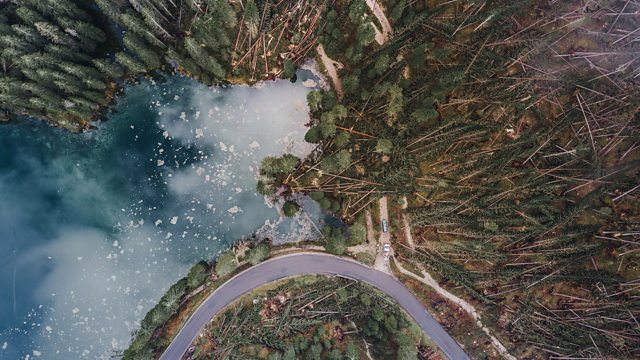Can we still avoid climate catastrophe?
The UNEP Emissions Gap Report shows we are still on track for “climate catastrophe”. Also, indigenous forests in New Zealand, climate adaptation in India, and women in STEM.
Just a few days before COP26 opens in Glasgow, the World Meteorological Organisation reported record greenhouse gas levels, despite a fall in CO2 due to pandemic restrictions. The UN Environment Programme’s Emissions Gap Report also revealed that current country pledges will only take 7.5% off predicted greenhouse gas emissions by 2030, well below the 55% needed to limit global warming to 1.5C. Worse still, many large emission producers are not on track to meet their countries’ pledges.
Rachel Warren, Tyndall Centre for Climate Change Research, tells us the 1.5C limit is still achievable if we work in tandem with nature. Research by Sara Mikaloff-Fletcher, National Institute of Water and Atmospheric Research (NIWA), illustrates this. Her contribution to the WMO Greenhouse Bulletin revealed that New Zealand’s indigenous forests play a bigger role in absorbing carbon from the atmosphere than previously thought.
Also on the programme, Abinash Mohanty, Council on Energy, Environment and Water, has been mapping climate vulnerability in India and explains why communities should be at the forefront of climate adaptation and mitigation strategies. And particle physicist Claire Malone shares her insights on how we can help women thrive in science, technology, engineering and mathematics (STEM) fields.
Picture: Aerial shot at the edge of Lake Carezza showing storm damaged forest, Dolomites, Italy, Credit: Abstract Aerial Art/Getty Images
Presenter: Roland Pease
Producer: Samara Linton
Last on
More episodes
Broadcasts
- Thu 28 Oct 2021 19:32GMT����ý World Service
- Fri 29 Oct 2021 03:32GMT����ý World Service Australasia, South Asia & East Asia only
- Fri 29 Oct 2021 04:32GMT����ý World Service Americas and the Caribbean
- Fri 29 Oct 2021 08:32GMT����ý World Service
- Fri 29 Oct 2021 12:32GMT����ý World Service Australasia, Online, UK DAB/Freeview, News Internet & Europe and the Middle East only
- Sun 31 Oct 2021 02:32GMT����ý World Service News Internet
Podcast
-
![]()
Science In Action
The ����ý brings you all the week's science news.


